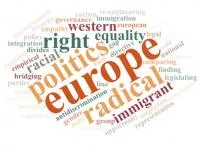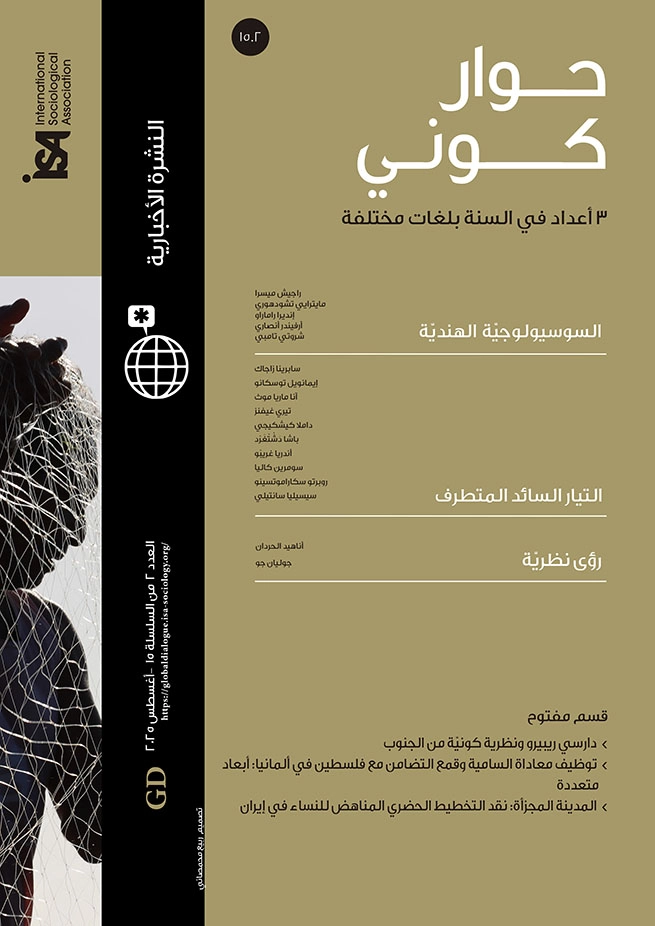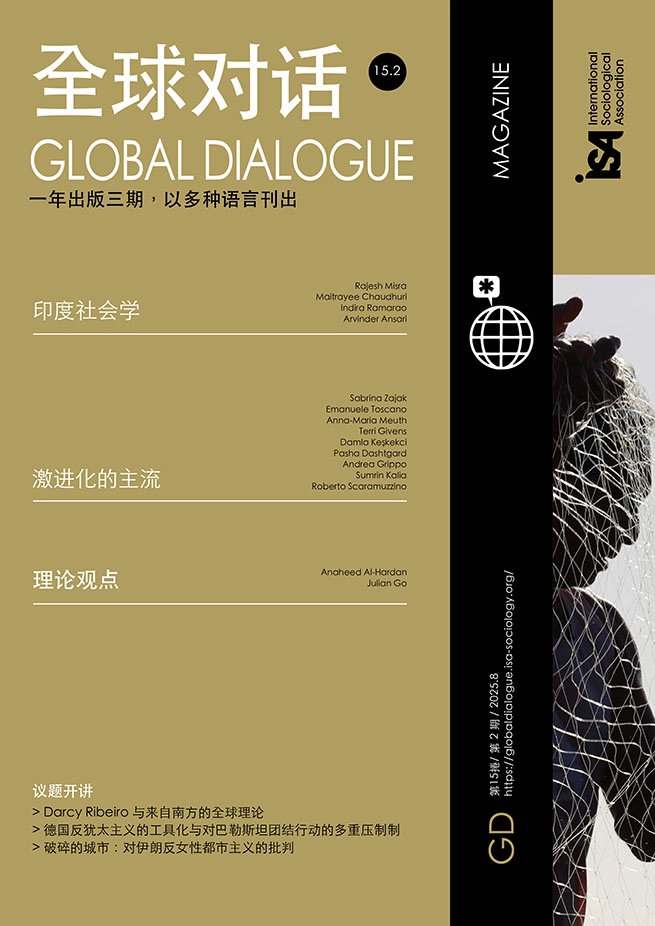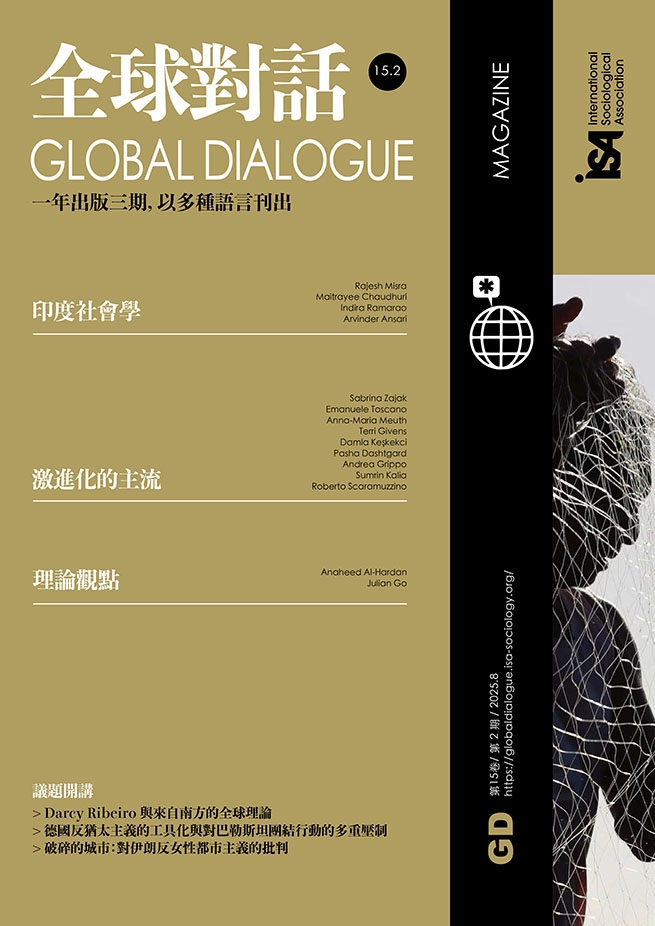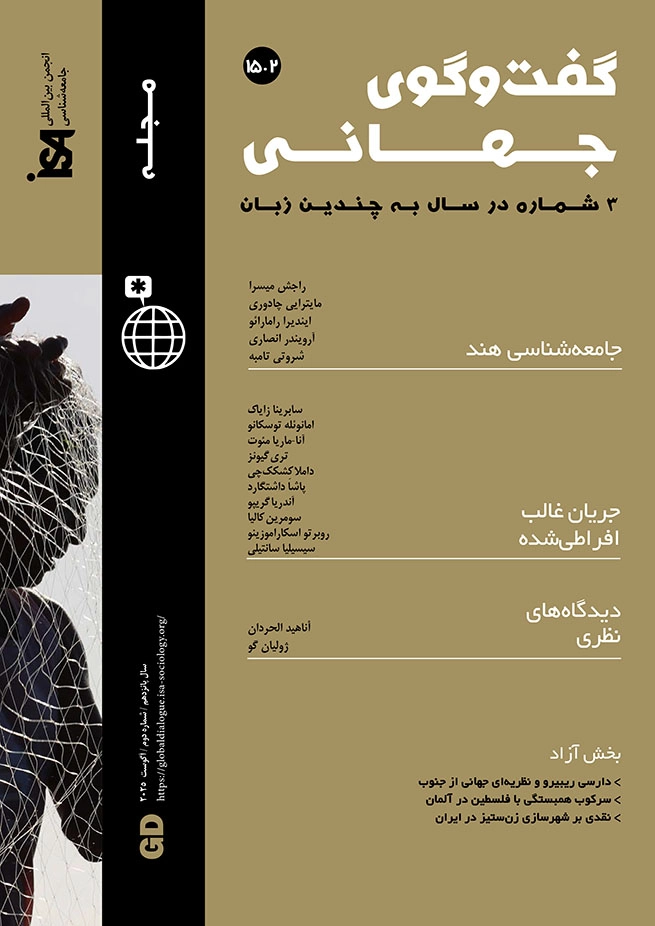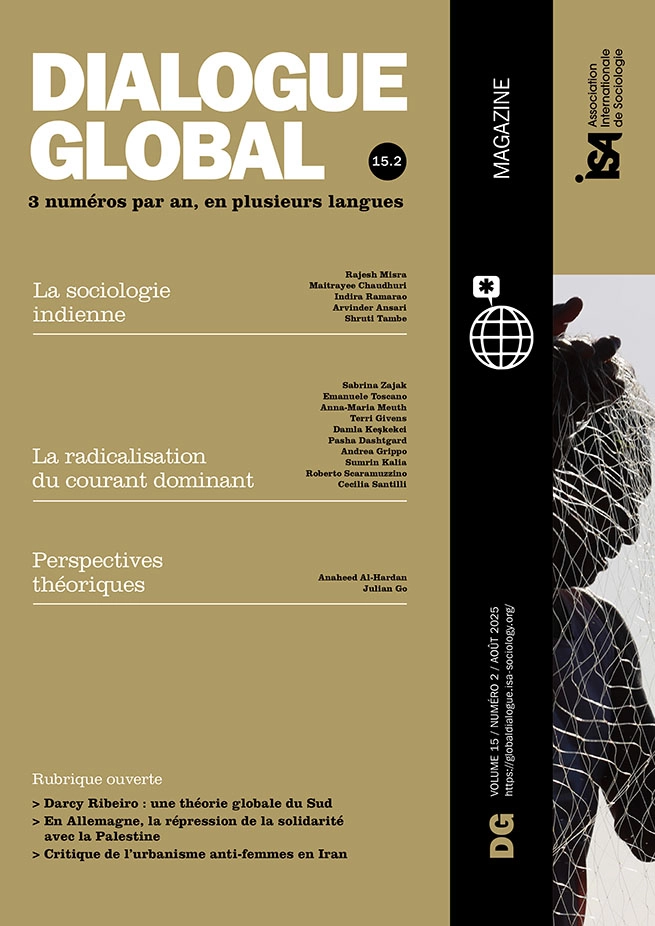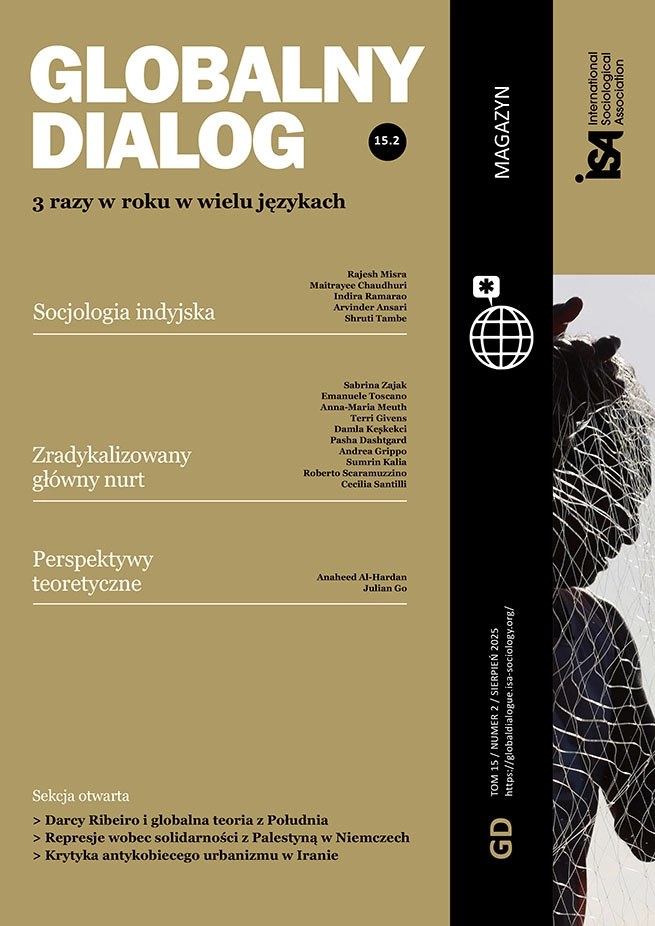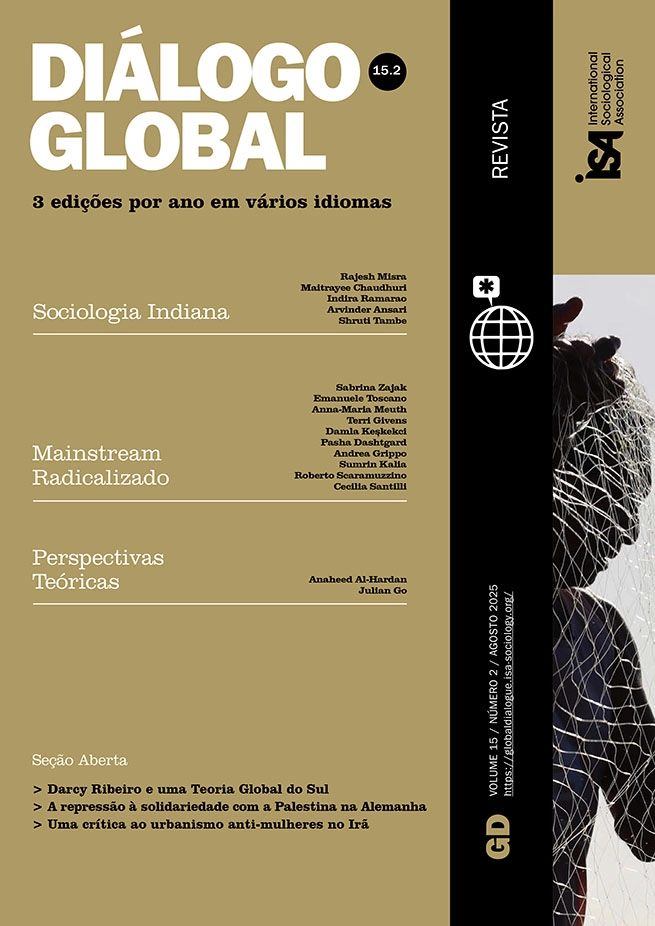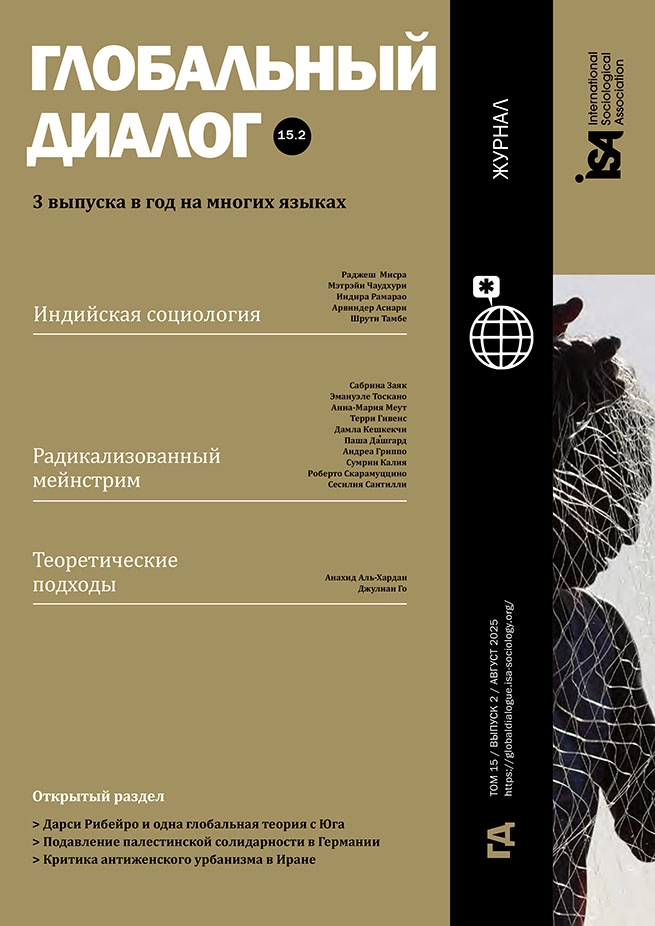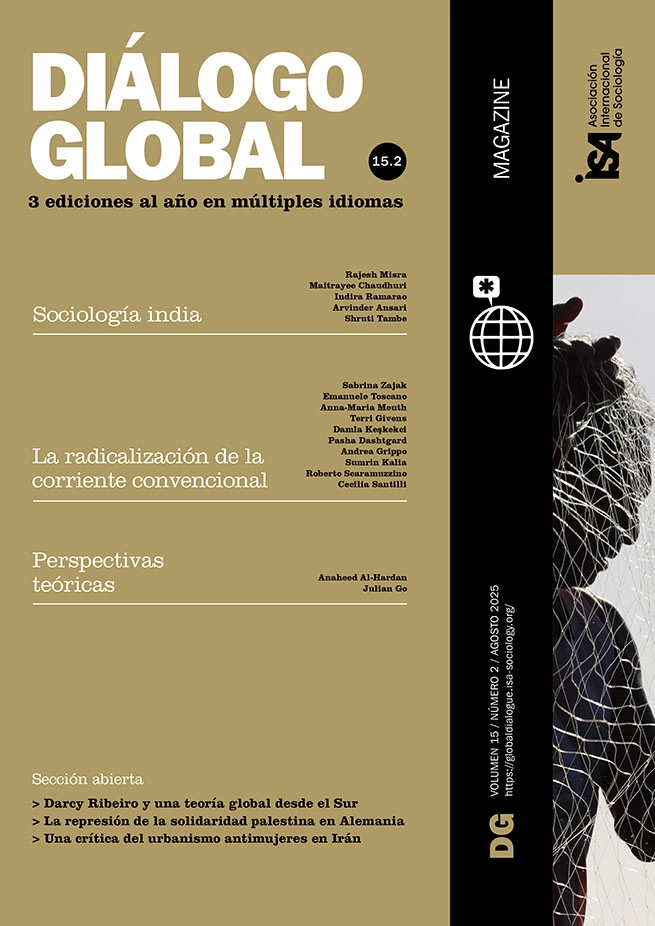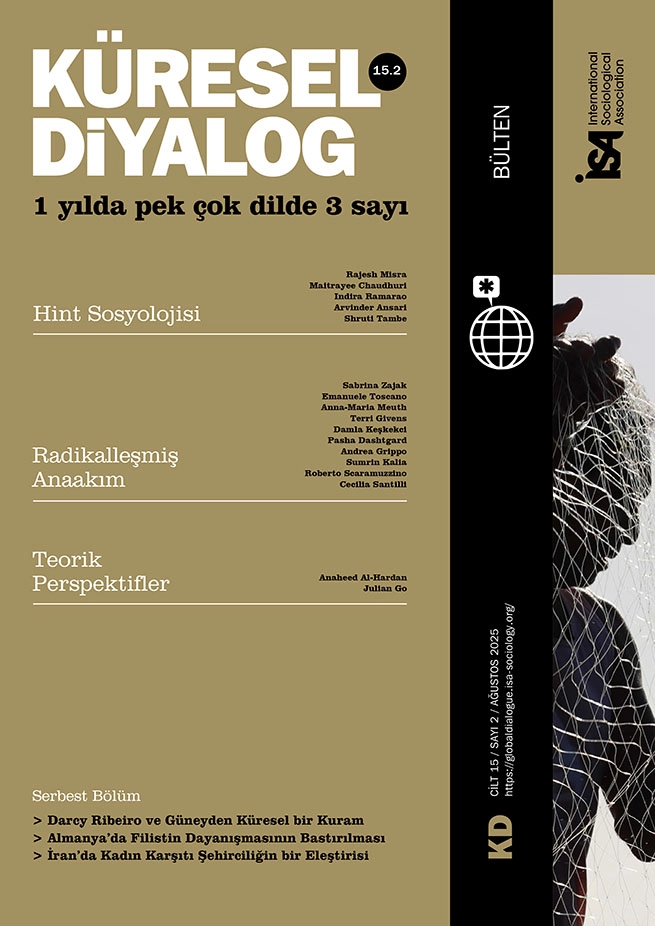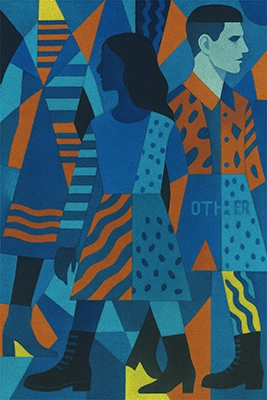The collective action of the far right has undergone a profound transformation. Alongside direct political confrontation, cultural strategies focused on symbolic, aesthetic, and performative content have significantly expanded. Far-right actors now seek to reshape collective imaginaries, redefine cultural belonging, and influence everyday life through lifestyle practices.
The changing role of fashion within the far right
Fashion has emerged as one of the far right’s most effective tools in this battle for the cultural hegemony, offering a medium through which exclusionary narratives, nationalist myths, and authoritarian ideals can be disseminated and normalized. At the heart of the far right’s cultural turn, fashion has been strategically weaponized.
In the Nazi skin subculture, fashion functioned as a gateway into the group and a crucial tool for constructing identity. Through a process of “bricolage”, Nazi skins combined British working-class style with Jamaican and mod influences, crafting a distinct aesthetic of shaved heads, leather jackets, and combat boots. Though historically powerful, today the skinhead aesthetic is a minor strand within the broader and more fragmented visual culture of the far right.
Since the late 1990s, far-right fashion has diversified, shedding overt codes in favor of camouflage and ambiguity. Aesthetic conformity is no longer a requirement for entry into the movement; instead, fashion becomes a space for differentiation and adaptability. As Miller-Idriss observes, “today’s far-right youth can express their own individuality and still be right-wing”.
The far right has embraced the “language of fashion” – a means not only of expressing identity and belonging, but also of gaining visibility, attracting new followers, and normalizing its worldview through symbols, style, and everyday consumer goods. Aesthetic strategies have evolved across far-right generations, marking significant innovations in the use of visual language, style, and symbolism to convey ideology and cultural values. These aesthetic shifts enable a soft entry into mainstream spaces, subtly pushing the boundaries of what is considered socially acceptable.
Generation X (1965–1980): aesthetic rebellion and stylistic hybridization
In the late nineties, the far right underwent a significant aesthetic shift, moving away from the rigid uniformity of neo-Nazi skinhead subcultures and embracing a more diverse, hybrid, and rebellious aesthetic. A key visual archetype to emerge during this time was the Viking warrior: runes, references to Valhalla, and mythological figures like Thor became recurring motifs on garments, functioning both as markers of strength and as coded expressions of ethnic heritage. These mythological references began to blend with traditional far-right symbols and elements drawn from countercultural worlds such as the biker, rocker, and hooligan scenes. Streetwear began to emerge as a key reference, creating a visual identity that balanced masculine rebellion with ideological signaling. Symbols became coded and ambiguous, allowing the wearers to express affiliation while avoiding immediate public scrutiny.
The turning point came with the rise of Thor Steinar, a German brand that blended Nordic-Germanic mythology with outdoor and technical fashion. Its logos, numerals (like “44”), and runic symbols functioned as semiotic gray areas – decipherable within far-right circles but deniable in public. Even the brand’s name paired “Thor,” the Norse god of thunder, with “Steinar,” alluding to Waffen-SS general Felix Steiner. The strategy was clear: embed radical symbolism in mainstream-friendly design.
This strategy set the standard. Brands like Erik & Sons and Ansgar Aryan followed, reinforcing a “warrior” ethos that emphasized heritage, strength, and resistance – codes for white supremacy but wrapped in seemingly neutral aesthetics.
Millennials (1981–1996): classical antiquity and cultural camouflage
The rise of digital culture shifted far-right fashion again. Aggressive and militant styles gave way to sleeker, more marketable aesthetics – casual sportswear, normcore, and hipster styles. Minimalist polo shirts and pastel tones replaced combat boots and bomber jackets.
Symbolically, Viking themes faded. In their place, brands embraced classical antiquity: Sparta, Rome, phalanxes, legions. The far right reimagined itself as heir to a unified Greco-Roman civilization under siege by multiculturalism. Here, visual culture framed Europe as a civilizational bloc, distinct and culturally pure. This shift aligned with ethnopluralism – emphasizing cultural separation over racial hierarchy. Brands like Phalanx Europa, Pivert, and Peripetie fused Greek and Latin slogans and heroic references into normcore apparel.
Themes of resilience and cultural origin have been conveyed through a clean, approachable aesthetic. This strategy enabled these brands to circulate within both radical and mainstream spaces. Clothing became a Trojan horse: ideologically charged, but visually more neutral.
Generation Z (1997–2012): aesthetic hyper-normalization and visual performativity
With Gen Z, far-right fashion adopts irony, softness, and ambiguity. Raised online, this generation merges meme culture, pop aesthetics, and subversion. Ideological messages are embedded in light, or humorous designs – often referencing adversarial symbols like LGBTQ+ imagery or leftist slogans, only then to be repurposed for mockery or ideological inversion. A prime example is Tim Kellner, a German far-right YouTuber whose rainbow-colored designs, unicorns, and ironic slogans parody inclusivity and gender diversity. His merchandise fuses bright, inclusive visuals with hateful content. This calculated visual dissonance, in which radical content is dressed in pop packaging, has become a hallmark of Gen Z far-right fashion.
Conclusion
From uniformity to hybridization, from mythology to classical civilization, and finally from coded symbols to hyper-normalized irony, far-right fashion has evolved into a sophisticated system of cultural communication. What began as subcultural identity has become a fully operational lifestyle market, capable of normalizing extremist narratives through everyday dress.
The attempt to integrate far-right aesthetics into mainstream fashion is not just a branding exercise, it is a deliberate political strategy aimed at normalization. By embedding their ideologies within everyday consumer culture, far-right actors shift the boundaries of acceptable discourse. Their use of normcore and minimalist styles allows them to appear non-threatening, positioning their views as part of a broader, normalized political landscape. The result is a subtle, insidious form of aesthetic warfare – one that cloaks extremism in softness, irony, and mainstream appeal, making resistance more difficult and infiltration more effective. As a result, aesthetics has been weaponized, while extremism has been normalized.
Andrea Grippo, The Academy of Fine Arts Vienna, Austria <a.grippo@akbild.ac.at>

